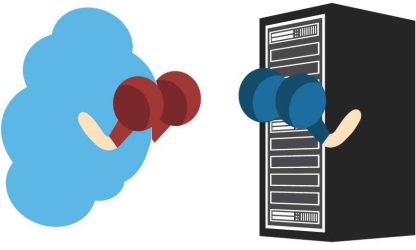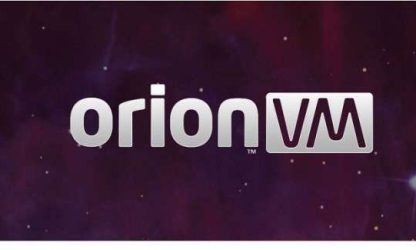 Names and labels create limits; sometimes these limits are real, and sometimes they are limits imposed by the names themselves. Perception, in this case, can be everything. This is the case with desktop as a service (DaaS) and virtual desktop infrastructure (VDI). Though both names refer to virtual desktop services, they are not the same thing—despite popular (mistaken) perception that they are. Moreover, the capabilities of each are expanding as technologies evolve, so it hardly makes sense to assume that either DaaS or VDI is limited to the pre-conceived limits of their previously mistaken definitions.
Names and labels create limits; sometimes these limits are real, and sometimes they are limits imposed by the names themselves. Perception, in this case, can be everything. This is the case with desktop as a service (DaaS) and virtual desktop infrastructure (VDI). Though both names refer to virtual desktop services, they are not the same thing—despite popular (mistaken) perception that they are. Moreover, the capabilities of each are expanding as technologies evolve, so it hardly makes sense to assume that either DaaS or VDI is limited to the pre-conceived limits of their previously mistaken definitions.
As cloud-hosted desktop services differentiate and grow, it’s useful to re-evaluate how each of these relatively variable models can serve different purposes for different organizations’ needs. Let’s take a look.
There are alternative desktop models to VDI.
When people talk about VDI, they tend to mean this: one server that provides one desktop environment to one other device on a network. However, there are other possibilities for virtual desktop environments. This stringent definition doesn’t necessarily imply improved efficiency or any other measurable benefit besides virtualization itself. Shared servers, virtual machines, and other arrangements can offer greater or at least different value than a straightforward VDI.
There’s more to DaaS than just a desktop.
Not only is DaaS more than just desktop delivery, it also does not even have to be a full desktop environment. DaaS can be an applications container with additional, optional applications available on a per-use basis. On the other hand, delivering a selection of applications can be better defined as DaaS rather than SaaS (software as a service) depending on the situation and uses.
Desktops in the cloud connect you to even more apps.
Whether a service is called DaaS or VDI, the system offers greater potential than what the names imply. Virtual desktops do not have to be a singular desktop in the cloud with one user sign-on involved. Instead, you can use a DaaS environment to access virtual applications at your leisure. You might also utilize DaaS or VDI services as part of a hybrid solution that has on-site hardware but off-site hosting. That way, your IT team handles much of the system, but many apps are purchased through an app store and are used virtually following local authentication.
Graphics and support have improved beyond usual VDI expectations.
VDI used to indicate a less-than-optimal experience when using video and graphics processing units. That is no longer the case. Today’s VDI leverages modern technologies for better visuals. Increased bandwidth as well as HD and 3D media support have helped today’s VDI move beyond what it used to be.
Cloud-based data can follow you with DaaS.
You can access all of your data in real-time using any of your devices. Many people expect disks and other wired set-ups to be necessary for having access to data when using DaaS platforms, but these days, your service provider can support go-everywhere data access—even for DaaS users.
Mobile devices aren’t left out from DaaS support.
Mobile device management (MDM) can be added to your DaaS service to ensure that your team’s BYOD applications and other mobile devices can be managed seamlessly within the same, secure environment as your desktop programs and apps in the cloud.



